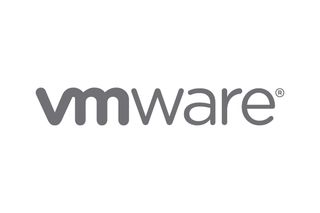VMware acquires desktop virtualisation start-up Wanova
Virtualisation giant adds Mirage image management to its growing portfolio.

VMware has added to its end-user portfolio with the acquisition of desktop virtualisation start-up Wanova.
As part of the deal, the virtualisation giant will gain Wanova's Mirage product, which centralises image management by using layering technology within the data centre.
It combines client and server virtualisation to give IT organisations control over end-points while still allowing users the freedom to customise their devices.
VMware plans to integrate Mirage with its View desktop virtualisation offering and will take advantage of the product's ability to manage both physical and virtual machines centrally, whether or not they are connected to the network.
Mirage is composed of three layers. A base operating systems and applications layer that stays in tact. A second layer includes user-installed applications, while the third layer contains personal settings as well as user files and data.
The product can also stream and manage physical PC images. This means no hypervisor is needed when using the product to create and manage Windows on a user's PC.
Wanova was formed in January 2008 by Ilan Kessler and Issy Ben-Shau who had previously worked together at backup over Wan company Actona Technologies. Wanova came out of stealth mode in August 2009 after raising $13 million in Series A funding from Carmel Ventures, Greylock Partners, and Opus Capital.
Get the ITPro. daily newsletter
Receive our latest news, industry updates, featured resources and more. Sign up today to receive our FREE report on AI cyber crime & security - newly updated for 2024.
While both View and Mirage provide centralised desktop image management, all or nothing patching and push button image resets, there are some key differences between the two, according to VMware's Scott Davis, CTO for the firm's end user computing business unit.
"VMware View images execute on servers in the data centre and use a remote graphics protocol for the user interface, while Wanova Mirage images are transmitted and cached locally for runtime execution on the client systems," he said.
He added that this meant Mirage was well-suited to execute managed images on disconnected laptops, including MacBooks running VMware Fusion.
"[The] two products stand independently and when put together address a much broader swath of the market than either is capable of individually," he said.
The financial terms of the deal were not disclosed.
Rene Millman is a freelance writer and broadcaster who covers cybersecurity, AI, IoT, and the cloud. He also works as a contributing analyst at GigaOm and has previously worked as an analyst for Gartner covering the infrastructure market. He has made numerous television appearances to give his views and expertise on technology trends and companies that affect and shape our lives. You can follow Rene Millman on Twitter.





